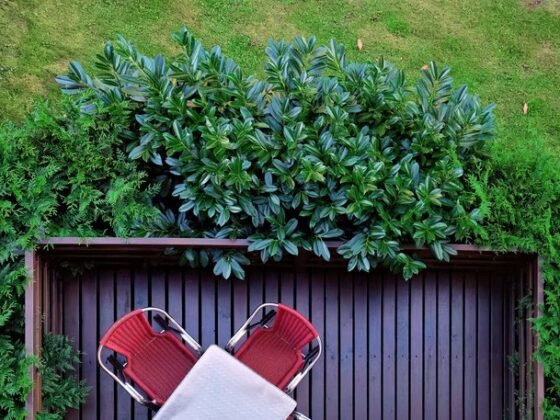Table of Contents Show
Do you need a reason to get a bonsai tree? If you’re looking for a long-term project to pass the time, a bonsai tree might be for you. With proper care, you’ll be able to have an excellent view of a miniature tree for years.

In fact, some users have been able to keep bonsai trees alive for a few decades! Not sure what care to provide? Don’t worry, we’re here to help.
Check out our guide to caring and watering so you can provide the best environment and look for your indoor bonsai tree.
Things to Consider When Bringing a Bonsai Tree Home
Bringing a bonsai tree home is an exciting experience, but it’s important to consider a few things before purchasing your bonsai. Firstly, determine the specific species you’re interested in. There are hundreds of different species that require different amounts of light and water, so look for more info.
Secondly, decide where the tree will be located and research the type of light that species of bonsai needs in order to grow and tend to its needs accordingly. Thirdly, check the tree’s health and make sure there are no diseases or pests on the leaves, branches, or soil.
Finally, pay attention to the shape of the tree. When you’re ready, purchase high-quality soil and set up a schedule for draining, watering, and fertilizing the bonsai. Taking all of these points into consideration will ensure your new bonsai tree is healthy and lives long.
Read Also:
When to Water a Bonsai Tree
Watering your bonsai tree is one of the most important factors in keeping it healthy and beautiful. To start, use a watering can with a long spout to get water to the roots and soil of the bonsai. Water the bonsai until you start to see the water coming out of the bottom of the pot.
Make sure to keep an eye on the soil so that it does not dry out too quickly or stay overly wet. Once your bonsai tree is watered, check the soil every two to three days. When the surface of the soil is dry, it is time to water again.
A Few Helpful Tips for Watering Your Bonsai
When watering your bonsai tree, make sure not to overwater it, as this can cause water stress or disease. When possible, water with soft water and avoid using distilled water. Additionally, there are benefits to using rainwater or collected water in bonsai tree care.
To check the moisture level of the soil, use a moisture meter. Once you have the hang of watering your bonsai, you will find growing a bonsai tree and watering it a simple and rewarding task to perform.
Indoor Bonsai Tree Care Tips
Your bonsai tree is a living museum and needs dedicated attention to its watering schedule. Water it when the topsoil feels dry, and do not leave it to chance. With proper care, you can ensure your indoor bonsai tree is healthy and vibrant.
Start by having a regimen to water your tree and observe it to change your habits depending on the need of the tree. So go ahead and start your bonsai tree care journey today!
For more tips and guides, visit our blog today!









